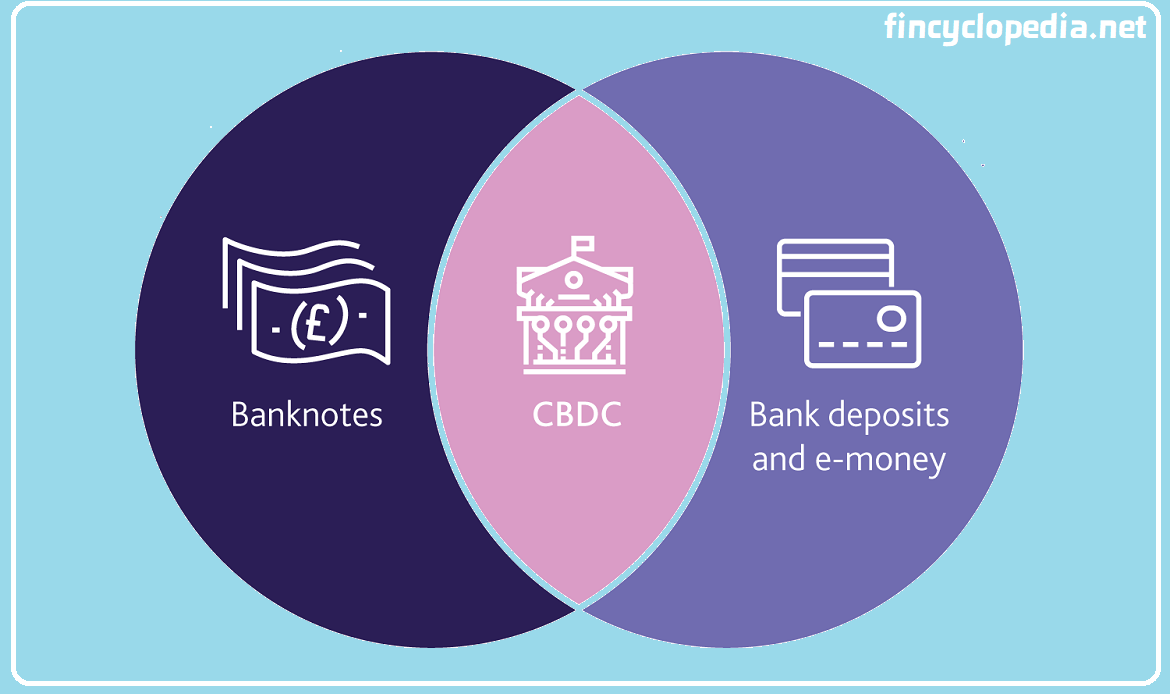A ratio that determines a bank’s capacity to meet its liabilities and encounter certain types of risk such as credit risk, operational risk, etc. It reflects a bank’s “cushion” for potential losses, for protection of a bank’s depositors and other lenders.
Capital adequacy ratio is a measure of total regulatory capital as a percentage of risk-weighted assets (RWAs). In other words, it represents the amount of a bank’s total regulatory capital related to the amount of risk it is taking. Assets are weighted by factors representing their respective riskiness and potential for default. In calculation, capital adequacy ratio is established by adding up tier-1 capital and tier-2 capital and dividing the outcome by risk-weighted assets:
Capital adequacy ratio= (tier-1 capital + tier-2 capital)/ RWAs
A bank is required to ensure that a reasonable proportion of its risk is covered by its permanent capital. For that reason, banks maintain a minimum total capital ratio.
The capital adequacy ratio prescribes the minimum level which banking regulators require a bank to maintain for the amount (stock) of its own funds (available capital and reserves) as a proportion of its risk-weighted assets (capital at risk for conducting its core business).
It is known as capital to risk assets ratio (or simply, risk asset ratio) or fort short as CAR.






